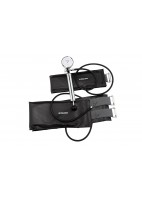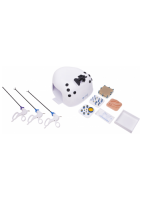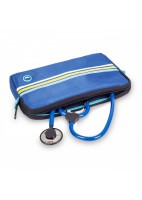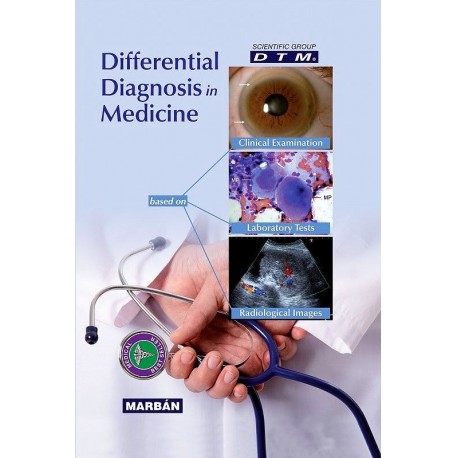
DIFFERENTIAL DIAGNOSSIS IN MEDICINE
9788417184902
Más información
An illnessmanifests itself in signs and symptoms, laboratory alterations or radiological patterns
Thus, the structure of Differential Diagnosis in Medicine comprisesthree sections:
I. Clinical Examination.
II. Laboratory Tests.
III. Radiological Images.
This organization is based on everydaypractice. During clinical interview and physical examination we obtain a number of signs and symptoms that may be the key to diagnosis.
Once the clinical exam is finished, we frequentlyrequest laboratory and imaging tests.
Clinical Examination dealswith 122 signs or symptoms. In this way, a symptomsuch as dyspnea may lead to diagnosecardiac failure or interstitial pulmonary disease. A sign like exophthalmosmay be the key to determineGraves Disease; or carotid cavernous fistula or vasculitismay suggest Wegener Disease.
Laboratory Tests includes 44 chapters related to anemia, hypercalcaemia, hypoglycemia or pancytopenia; among others. Hypercalcaemiamay be the key element to diagnose hyperparathyroidism,whereas hypoglycemia maydetermine an insulinoma.
Radiological Images contains 45 chapters addressing for example osteolytic lesions, pleural effusion, wide mediastinum or adrenal mass. Osteolytic lesions may be crucialfor the diagnosis of a multiplemyeloma; and the presenceof an adrenal mass may lead to confirma pheochromocytoma or a nonfunctioning adenoma.
The whole book is supported by a large iconography which includes thousands of clinical and radiologicalimages of great quality.
Reseñas
No hay reseñas de clientes en este momento.
13 otros productos de la misma categoría:
LibreriaMedica.es
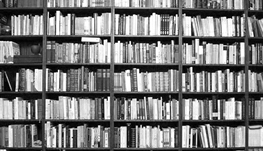 Conócenos
Conócenos Estudiantes
 Estudiantes
Estudiantes


